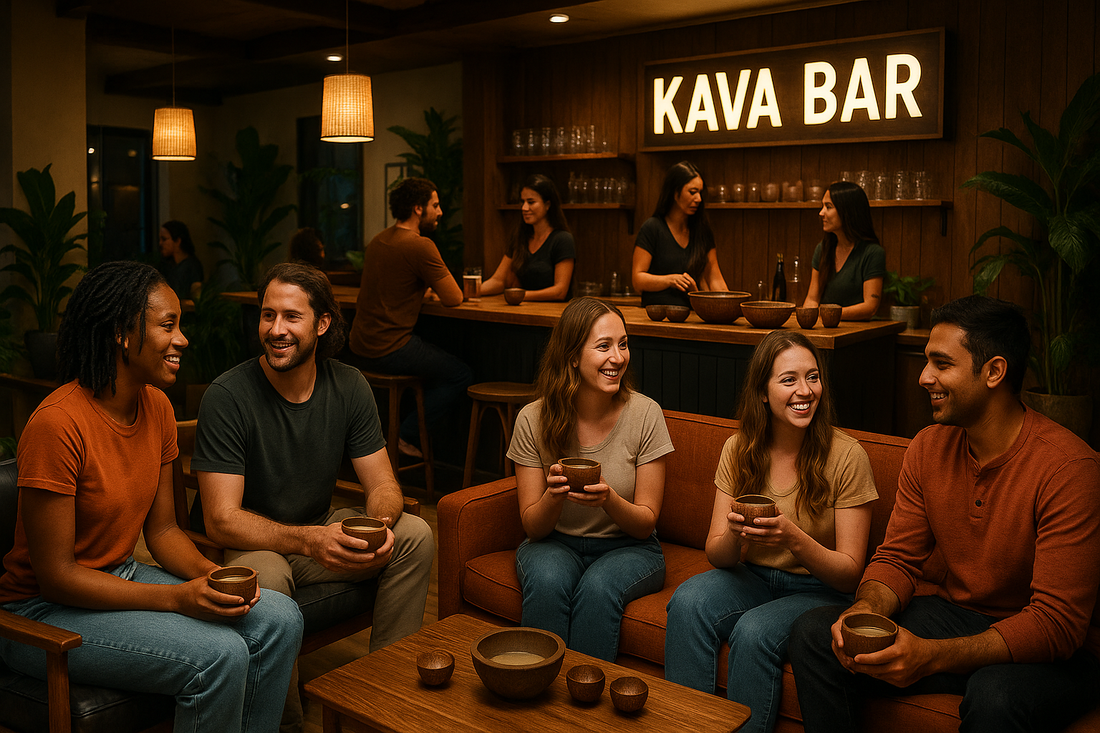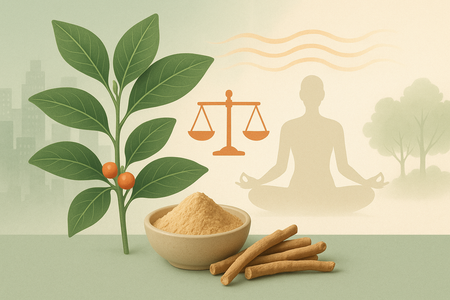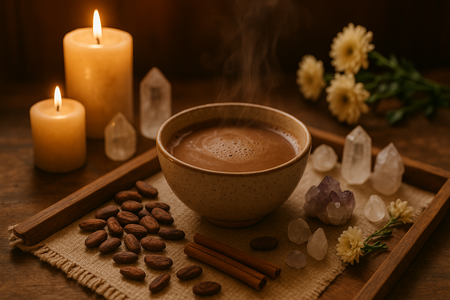Table of Contents
Walk into a kava bar in any major U.S. city, and you’ll notice something different.
No loud music.
No alcohol.
But plenty of people — talking, relaxing, connecting.
Kava bars are showing up everywhere. Not just in wellness towns like Asheville or Venice Beach, but in New York, Austin, even Detroit.
So what’s behind this growing trend?
It’s not hype. It’s the effect.
Let’s look at what’s really fueling the rise of kava bars in the U.S. — and what that means for you.
What Is a Kava Bar?
A kava bar serves kava — a traditional drink made from the root of the Piper methysticum plant, native to the South Pacific.
The root is ground into a powder, mixed with water, and served as a muddy-looking, earthy-tasting drink. But people don’t come for the taste.
They come for the feeling.
Kava creates a calming, body-relaxing effect without the fog of alcohol. You stay clear-headed, social, and grounded.
Most kava bars also serve herbal teas, functional drinks, and alternative elixirs.
You can find drinks like Cloudbreaker Kava, Vanuatu Kava, or Kavarade — a hydrating, citrus-forward kava drink that supports recovery and focus.
Why Are Kava Bars Getting So Popular?
1. People Are Tired of Hangovers
Alcohol isn’t going anywhere. But people are choosing it less.
Many are experimenting with being sober-curious or cutting back on drinking during the week. Kava bars give them a space to socialize without the crash.
With kava, there’s no hangover. No regret. No 2 a.m. pizza orders.
You can drive home, sleep deeply, and get up the next day feeling better — not worse.
2. They Offer Real Stress Relief
Let’s be honest. Life is tense right now.
Between work pressure, burnout, and social overload, people need ways to wind down that actually work.
Kava is known for:
-
Relaxing the nervous system
-
Easing anxiety
-
Enhancing a sense of calm and presence
Many kava bars also serve calming teas like Blue Lotus Tea or TranquiliTea, which support deep mental stillness without sedating you.
If you’re sensitive to stimulants or just want a mellow evening vibe, it’s hard to beat the feel of a chilled kava shell with friends.
3. They Attract Genuine Conversations
Kava culture is built around connection.
You don’t go to a kava bar to get drunk. You go to talk, sit, and relax.
It’s one of the rare public places that feels like a living room — where people are open to talking about real things.
And for people who struggle with social anxiety, kava offers a calming lift that makes it easier to speak up.
4. They’re Becoming Creative Hubs
Many kava bars host open mics, live DJs, cacao ceremonies, and art shows.
The vibe is often spiritual, expressive, or nature-based. Think less nightclub, more sacred lounge.
Drinks like CreativiTea and Shakti Chai w/ PowerBoost are often on the menu to support flow states, creativity, and connection.
It’s a space where you can be yourself, meet new people, and explore new ideas — without needing a drink in your hand to feel okay.
5. Wellness and Ritual Are Merging
Health-conscious people want more from their night out.
Kava bars are part of a bigger shift — people are blending wellness, social connection, and spiritual practice.
You might find kava paired with nootropic blends like Brain Memory Tonic, or unwind with teas like Blue Lotus Tincture for a gentle, dreamy close to your night.
These aren’t just drinks. They’re experiences — and rituals — that help you feel more grounded and alive.
Are There Real Kava Bar Benefits?
Yes. And they’re not just buzzwords.
Here’s what regulars report:
-
Reduced anxiety and social tension
-
Better sleep after a night out
-
No risk of alcohol dependency
-
Stronger community bonds
-
A sense of meaning and presence
For many, it’s a life-changing alternative to bars, clubs, and social scenes that feel more draining than uplifting.
But Is Kava Safe?
When used in moderation and from a trusted source, yes.
Traditional kava use spans centuries. In the South Pacific, it’s been used for everything from conflict resolution to initiation rituals.
Still, quality matters.
Avoid kava products with unknown origins or mixed with chemical solvents. Stick with noble kava — like Vanuatu Kava or blends made with organic, lab-tested ingredients.
And if you’re combining kava with any other herbs or medications, it’s smart to talk to your health provider first.
Who Is the Kava Bar Scene For?
-
People exploring sobriety
-
Burned-out professionals
-
Creatives and musicians
-
Herbal wellness lovers
-
Anyone tired of loud, toxic bar culture
Even if you’re not fully sober, a kava bar can be your new go-to for nights you want connection without consequence.
And if you’re looking to host your own gathering at home, try stocking your bar with Kava Pumpz or teas like SexualiTea and VitaliTea for energy and deeper connection.
The Future of Kava Bars in the U.S.
This isn’t a fleeting trend. It’s part of a bigger change.
As more people shift away from alcohol, artificial energy drinks, and hyper-social media nights, they’re looking for places to feel human again.
Kava bars offer that.
They’re not for everyone. But if you’re craving grounded social experiences, genuine conversation, and a different kind of night out — kava may be exactly what you’ve been looking for.
Ready to try kava at home?
Explore high-quality, ceremonial-grade options like Cloudbreaker Kava or Kavarade from Elixart’s Kava Collection.
Rebuild your rituals.
Reclaim your nights.
Replace noise with calm — and still feel connected.





